Who was the old guy that became famous for standing up to America?
This person lived a long time ago. He was not white. He was Native American. He was a leader of the Wallowa band of the Nez Perce Native American tribe. He had one Anglo name: Joseph. His native name, “Hin-mah-too-yah-lat-kekt,” meant: “Thunder Rolling Down the Mountain.”
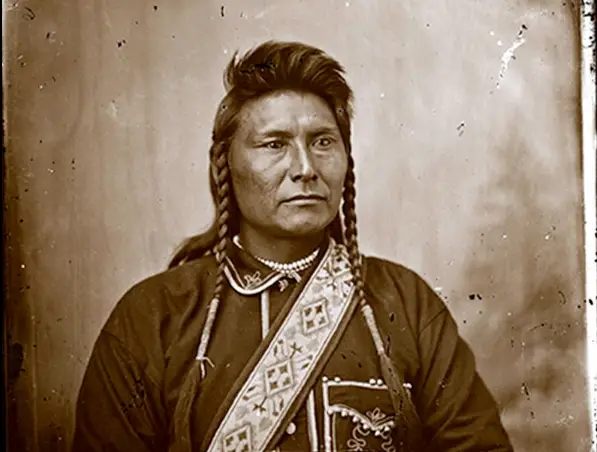
c. January 1877
Later in life he came to be known as Chief Joseph. His father was also a chief of his people. Researchers believe the Nez Perce lived in the northwestern part of America for several thousand years. Joseph’s people and their culture were closely connected to the land where they lived.
This began to change when Europeans came to America. From east to west, Native Americans of all tribes were moved off their homelands by Europeans. In 1803, President Thomas Jefferson signed a deal with Napoleon, the leader of France, to buy the Louisiana Territory for $15 million dollars. (That is nearly $382 million dollars today.) Exploration and movement to the west and northwestern parts of America followed almost immediately.
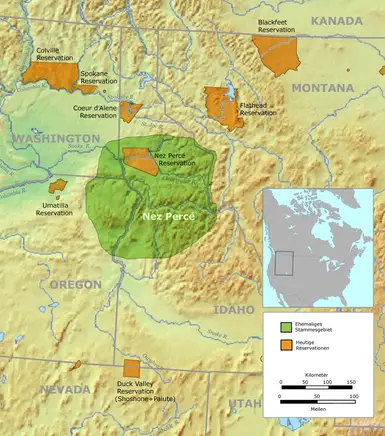
Source: www.demis.nl
Europeans needed places to live and farm. That was one thing. Something that caused even more movement west was the discovery of gold, silver, and other precious metals in the West. The American Government made treaties with the Native Americans. The desire for more land kept growing. The treaties were broken and the Native Americans kept getting pushed back more and more.
At one point the American Government went so far as to say that it was the “Manifest Destiny” of white people (Europeans that had become Americans) to take over control of the American continent from any and all native peoples.
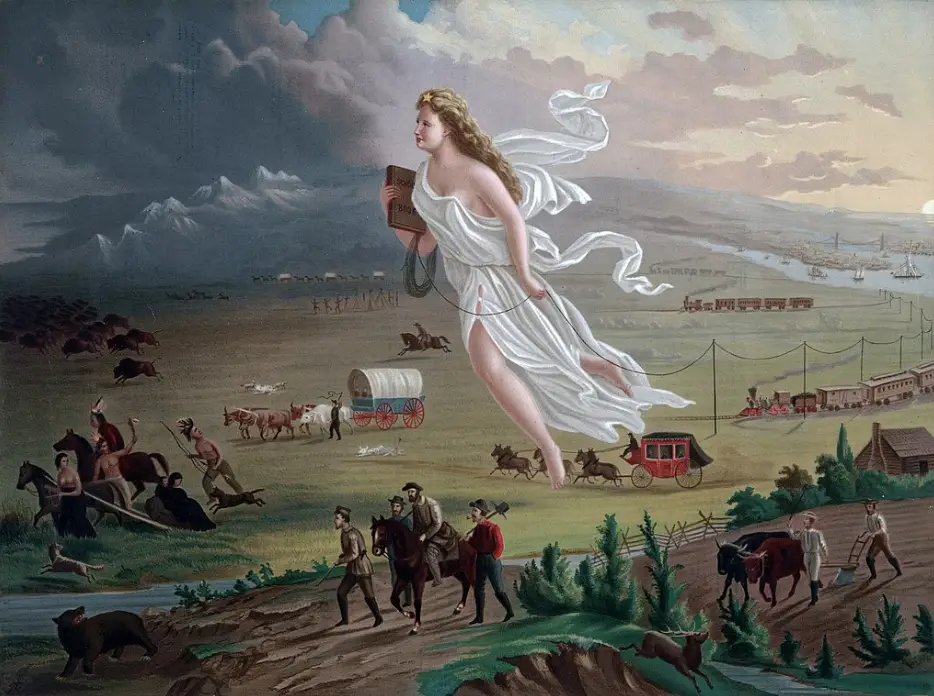
Painting – John Gast (1872)
Native Americans started to fight back. They fought hard for their lands and their way of life. Many times they won and inflicted heavy losses on the Americans. After the Civil War, the American Government began to weaken the Native Americans by deliberately attacking their food supply…the buffalo/American Bison. The thought was, if the Buffalo were gone, then the Native Americans would become weak and easy to control.
This was how things were in North America when Joseph became a chief of his Nez Perce people in the Wallowa area of what is now northeast Oregon.
Joseph became a chief after his father died in 1871. The American Government put pressure on the Nez Perce to leave their ancestral land. They did not want to go. The Nez Perce were given a deadline: Move or be forced out.
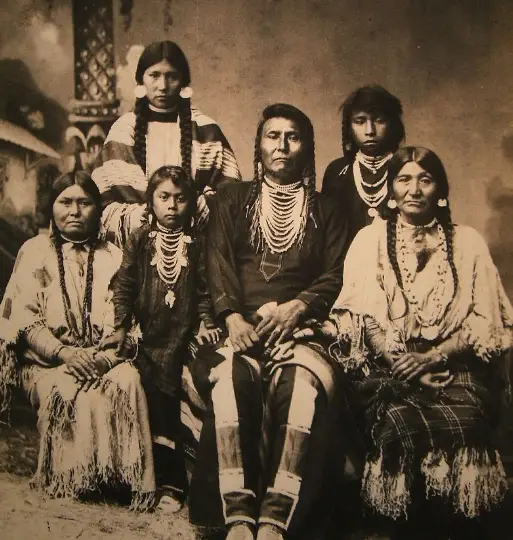
Joseph and the other chiefs knew if they did not move, there would be fighting and it would not go well for their people. Early in 1877, they prepared to move. Before that happened, a group of young Nez Perce attacked and killed some white settlers. In June 1877, the Nez Perce retreated from their land and the US Army began to chase them.
Joseph fled the area with a little over 700 of his tribe. About 250 were warriors. The rest were women and children. The army chased them with over 2,000 soldiers. They fought several heavy battles as they retreated north and east. It became known as the Nez Perce War.
The Nez Perce leaders decided to go to Canada. Sitting Bull and a group of the Lakota Sioux people had already escaped from the United States to Canada. They asked the Canadian Government for protection from the US Army. The Nez Perce wanted to do the same.
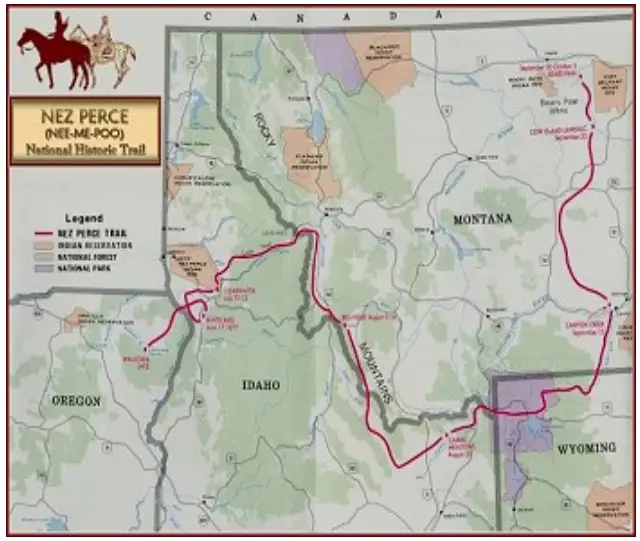
Joseph and his people never reached Canada. After four months of retreating and fighting, after cold, hunger, and hardship for men, women, and children, Joseph and his people surrendered to the army. The Canadian border was only 40 miles away.
The fighting stopped at the Bear Paw Battlefield near what is today Chinook, Montana. Winter was coming. Food had run out. Joseph surrendered on October 5, 1877, with these words:
“I am tired of fighting. Our chiefs are killed. Looking Glass is dead. Toohoolhoolzoote is dead. The old men are all dead. It is the young men who say, ‘Yes’ or ‘No.’ He who led the young men [Ollokot] is dead. It is cold, and we have no blankets. The little children are freezing to death. My people, some of them, have run away to the hills, and have no blankets, no food. No one knows where they are — perhaps freezing to death. I want to have time to look for my children and see how many of them I can find. Maybe I shall find them among the dead. Hear me, my chiefs! I am tired. My heart is sick and sad. From where the sun now stands I will fight no more forever.”
Joseph spared his people from more physical suffering. In the end, their lands were taken from them. Joseph lived 27 more years. He died in September 1904, on the Coleville Indian Reservation in north central Washington. He was never allowed to return home.
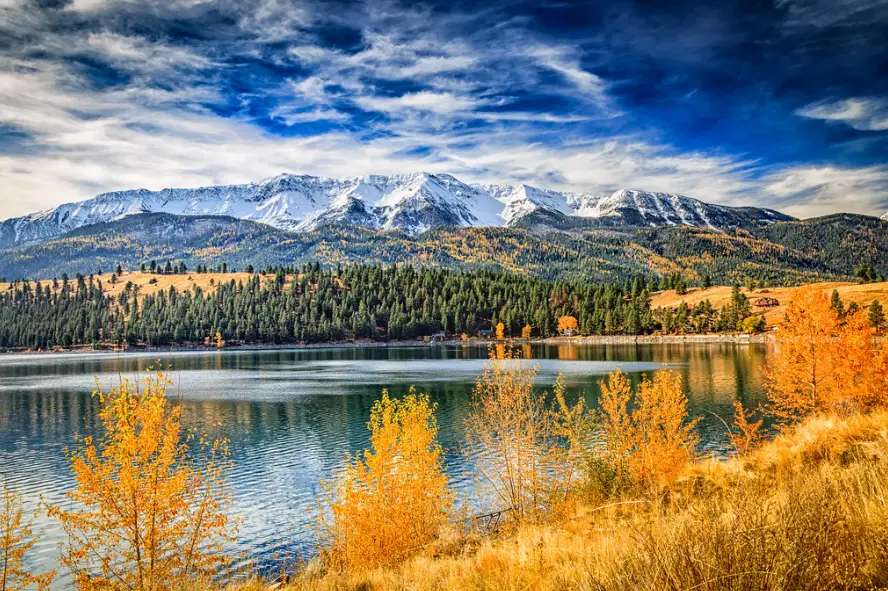
Source: Daniel Pabst
“It does not require many words to speak the truth.”
Chief Joseph, Nez Perce People

I will fight no more forever – 1975. James Whitmore, Sam Elliott. I saw this movie in the sticky shoe theater when I was a kid.